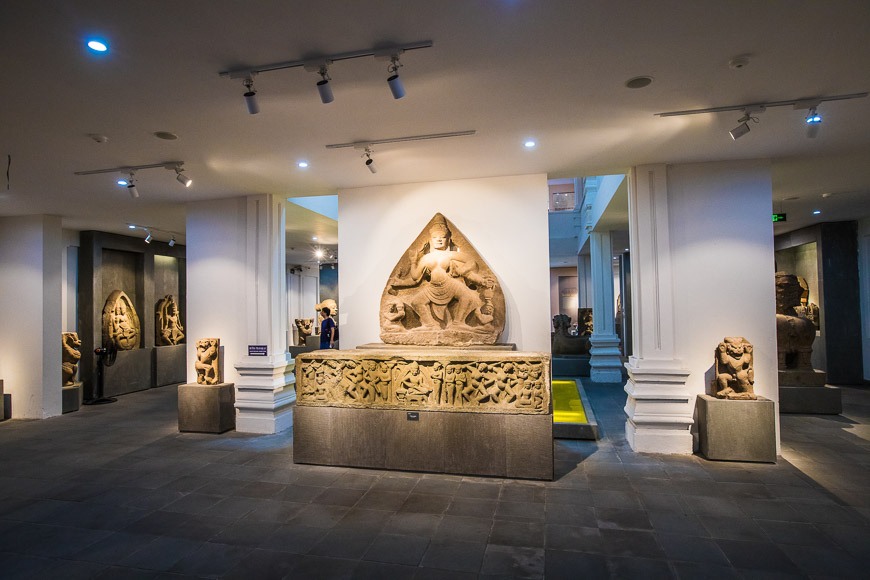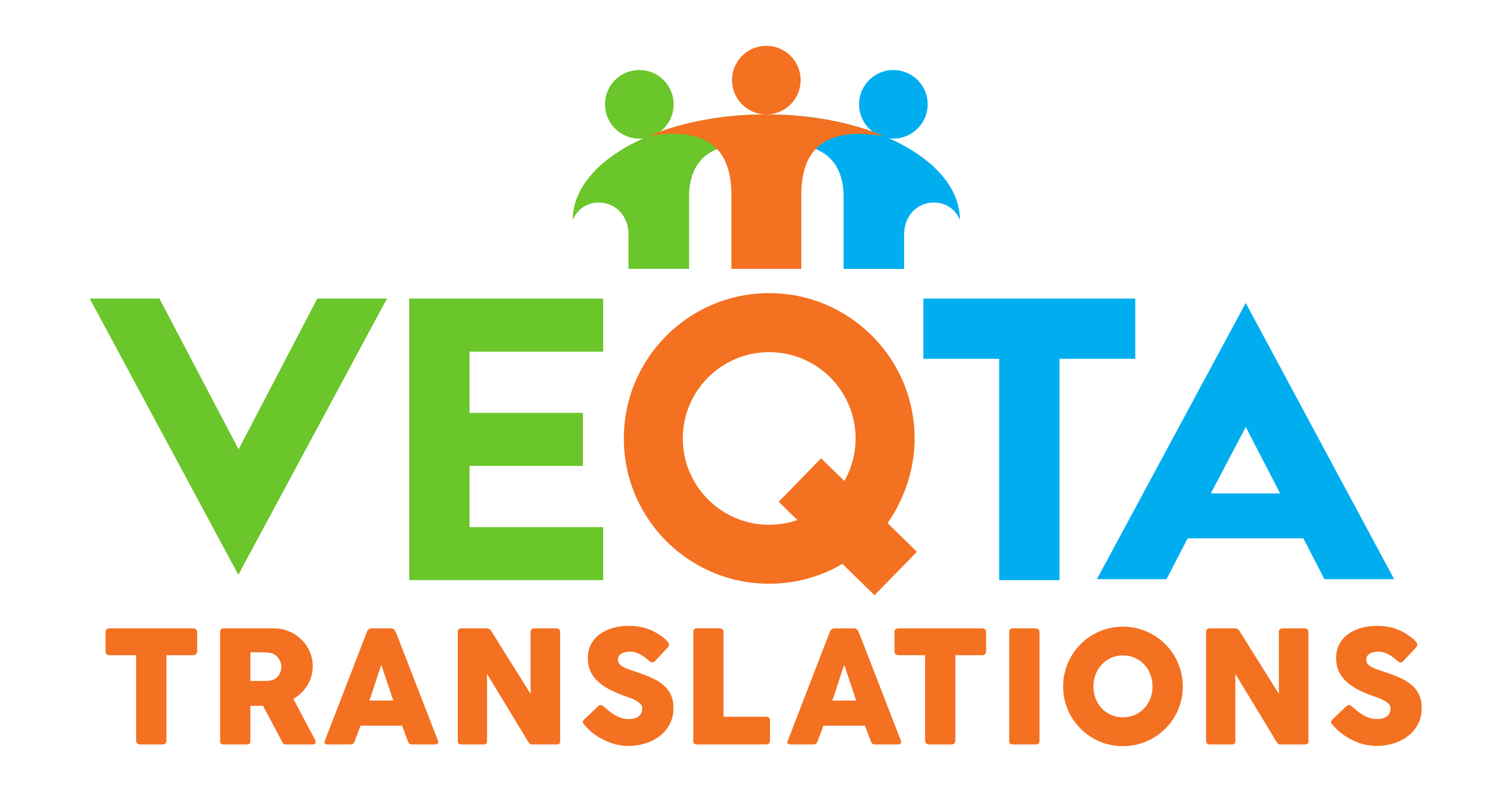Translating museum labels seems simple—until culture steps in. Vietnamese museums often feature terms that carry deep historical and spiritual weight, yet lack direct English equivalents. During a 2022 translation review of exhibits at the Vietnam Museum of Ethnology and Ho Chi Minh City Fine Arts Museum, translators found recurring cultural words that caused confusion among English visitors. This article explores eight such examples and how experts adapted them for clarity and respect.
1. “Đình”
A “đình” is a communal temple central to Vietnamese village life. It’s not exactly a “pagoda” or “hall.” Translators opted for “communal house,” with notes explaining its spiritual and civic role.
2. “Áo dài”
This national dress isn’t just “traditional costume.” Translators retained “ao dai” as a loanword, adding contextual descriptions.
3. “Tín ngưỡng”
Usually rendered as “belief,” this word implies ancestral worship systems. Translators use “spiritual traditions” instead.
4. “Nước”
Depending on context, it can mean “water” or “nation.” Museums prefer “country” when referencing “nước Việt.”
5. “Thờ cúng tổ tiên”
Commonly translated as “ancestor worship,” modern curators shifted to “ancestor veneration” to avoid religious connotations.
6. “Phong tục”
While often “customs,” translators add clarifiers like “folk customs” to highlight cultural depth.
7. “Làng nghề”
Means “craft village.” Translators maintain the Vietnamese term followed by explanation to preserve authenticity.
8. “Tâm linh”
Translated as “spirituality,” though it includes moral and communal dimensions beyond Western notions.
Conclusion
Each word carries history and identity. By respecting linguistic and cultural nuance, Vietnamese translators enable visitors to engage more meaningfully with Vietnamese heritage.
FAQs
1. Why not translate “ao dai”?
Because it’s culturally specific and recognized globally as Vietnamese.
2. What’s the issue with “ancestor worship”?
It misrepresents Vietnamese reverence as religious rather than cultural.
3. Are literal translations acceptable?
Only with context—some words require cultural annotation.
4. How do museums ensure accuracy?
Through bilingual review panels with cultural experts.
5. Should English borrow more Vietnamese words?
Yes, when doing so preserves authenticity.

Home
Blog, Localization, Translation8 Cultural Words That Confuse in Vietnamese-English Museum Labels — And How Translators Adapted Them
8 Cultural Words That Confuse in Vietnamese-English Museum Labels — And How Translators Adapted Them
Written by Lawrence Retales• October 16, 2025
Recent Posts
- From French Metaphors to English Clarity: A Case Study in Scientific Translation
- Localization Tactics: How French Marketing Content Is Adapted for English Audiences
- Challenge Sets in French → English MT: 7 Linguistic Divergences That Trip Up AI
- 10 Common Errors in Student French-to-English Translation and How to Avoid Them
- 8 Translation Pitfalls in French-to-English Localization: Insights from Norms-of-Substitution Studies
Translation & Localization Services in Over 200 Languages

Copyright © 2025 - VEQTA Translations Pte Ltd
